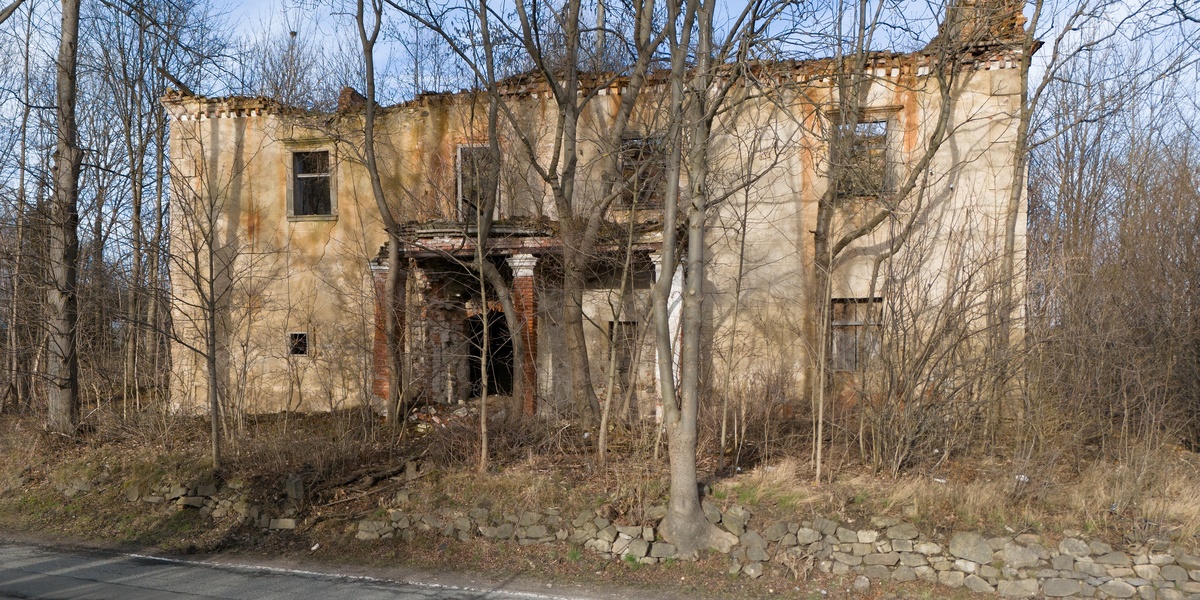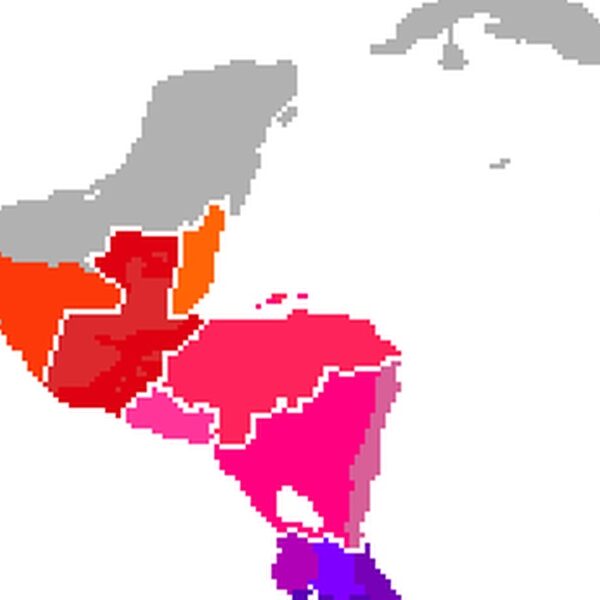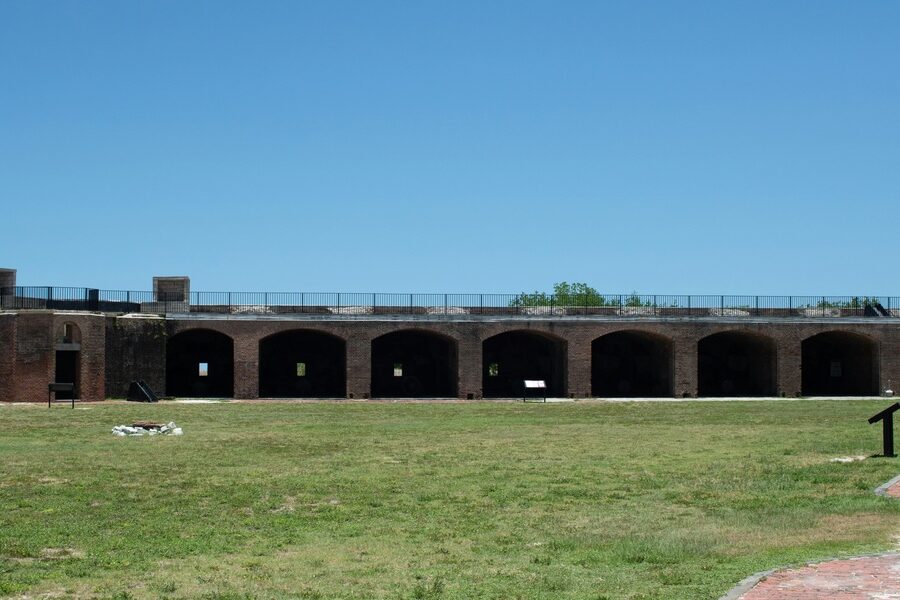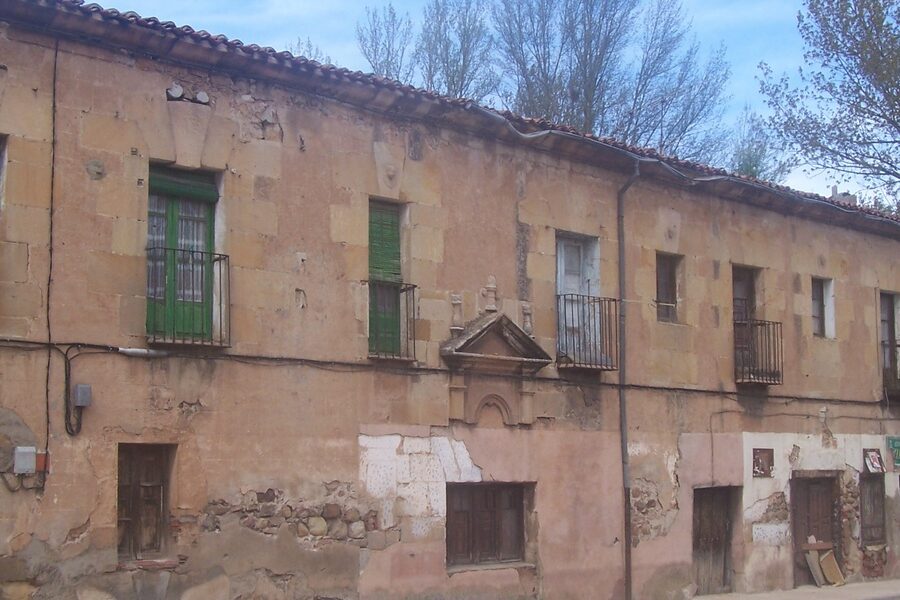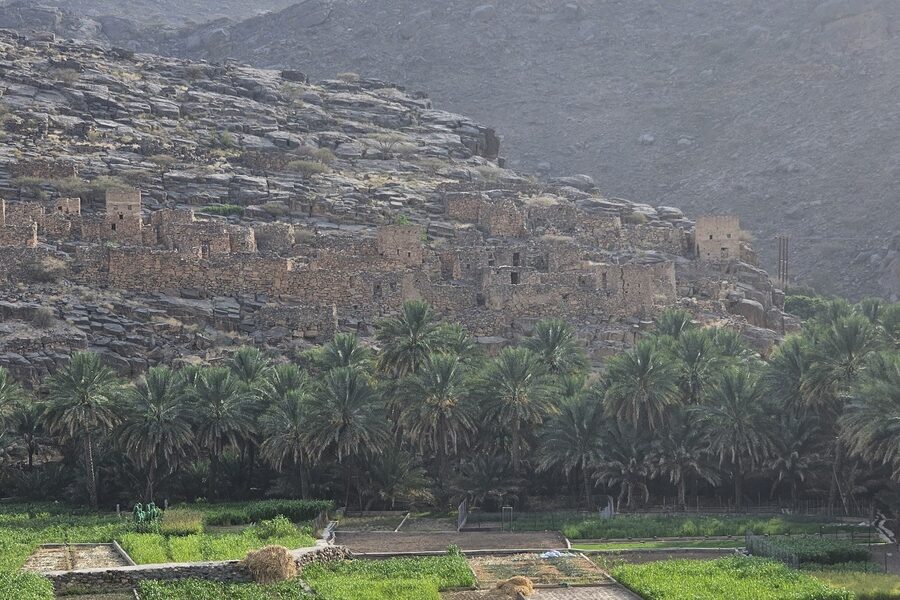The history of ruins spans millennia and connects modern communities with the everyday lives, beliefs, and technologies of earlier peoples. Ruins range from monumental stone temples and city walls to abandoned factories, shipwrecks, and overgrown settlements; each type preserves different kinds of evidence about construction, use, and decline. Studying these remains combines archaeology, architecture, and conservation science to reconstruct past environments and social practices. Beyond scholarly value, ruins shape cultural identity, inspire art and storytelling, and are often central to local and national tourism economies.
Context
Human-made ruins are found on every continent and reflect diverse causes of abandonment: warfare, economic change, environmental shifts, or deliberate demolition. Some of the oldest known monumental sites, such as Göbekli Tepe in southeastern Turkey, date back more than 11,000 years and predate settled agriculture. Modern archaeological methods — including stratigraphy, radiocarbon dating, and dendrochronology — allow researchers to establish construction and occupation timelines with increasing precision. International frameworks, such as UNESCO conventions and national heritage laws, guide protection and management of important sites, while conservation professionals apply stabilization, consolidation, and controlled-access strategies to limit damage. Pressures from tourism, climate change, vegetation growth, and illicit looting make long-term preservation an ongoing challenge.
Scope and coverage
This collection of Ruins by Country encompasses a broad cross-section of surviving sites organized geographically and thematically. It includes prehistoric ceremonial complexes, classical and medieval urban remains, fortified structures, colonial and industrial-era abandonments, and underwater sites such as shipwrecks. Coverage focuses on the types of remains, historical periods, construction materials, and common conservation issues rather than exhaustive inventories. Entries highlight how sites inform our understanding of engineering, trade, ritual, and everyday life, and they note variations in preservation, public access, and interpretive resources across different countries and climates.
Little-known facts about ruins:
- Göbekli Tepe, one of the oldest known monumental ritual sites, is more than 11,000 years old and reshaped ideas about pre-agricultural social complexity.
- Hundreds of UNESCO World Heritage sites worldwide include archaeological ruins or historic urban remains that are recognized for outstanding cultural value.
- Radiocarbon dating, widely adopted since the mid-20th century, remains a primary tool for dating organic material found at many ruined sites.
- Some popular ruins attract well over a million visitors in a typical year, which can accelerate wear and require careful visitor management.
- Underwater cultural heritage, including shipwrecks and submerged settlements, is protected by international instruments such as the UNESCO 2001 Convention on the Protection of the Underwater Cultural Heritage.
- Primary causes of ruin deterioration include erosion, vegetation growth, fluctuating moisture, and human activity, each requiring different conservation responses.

